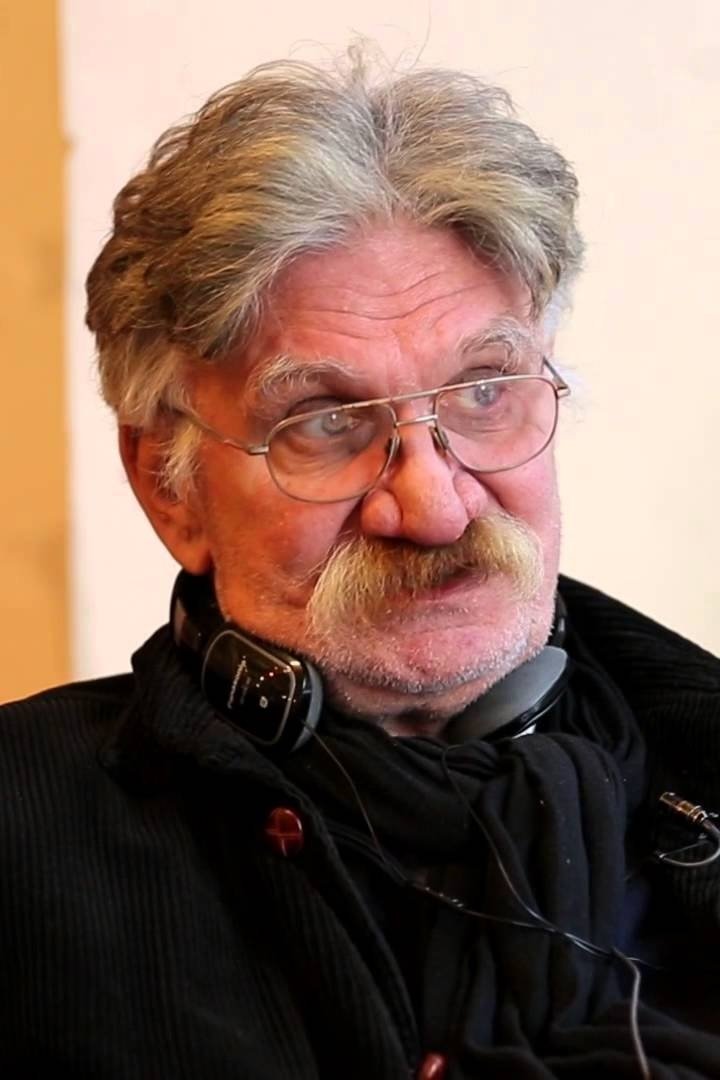
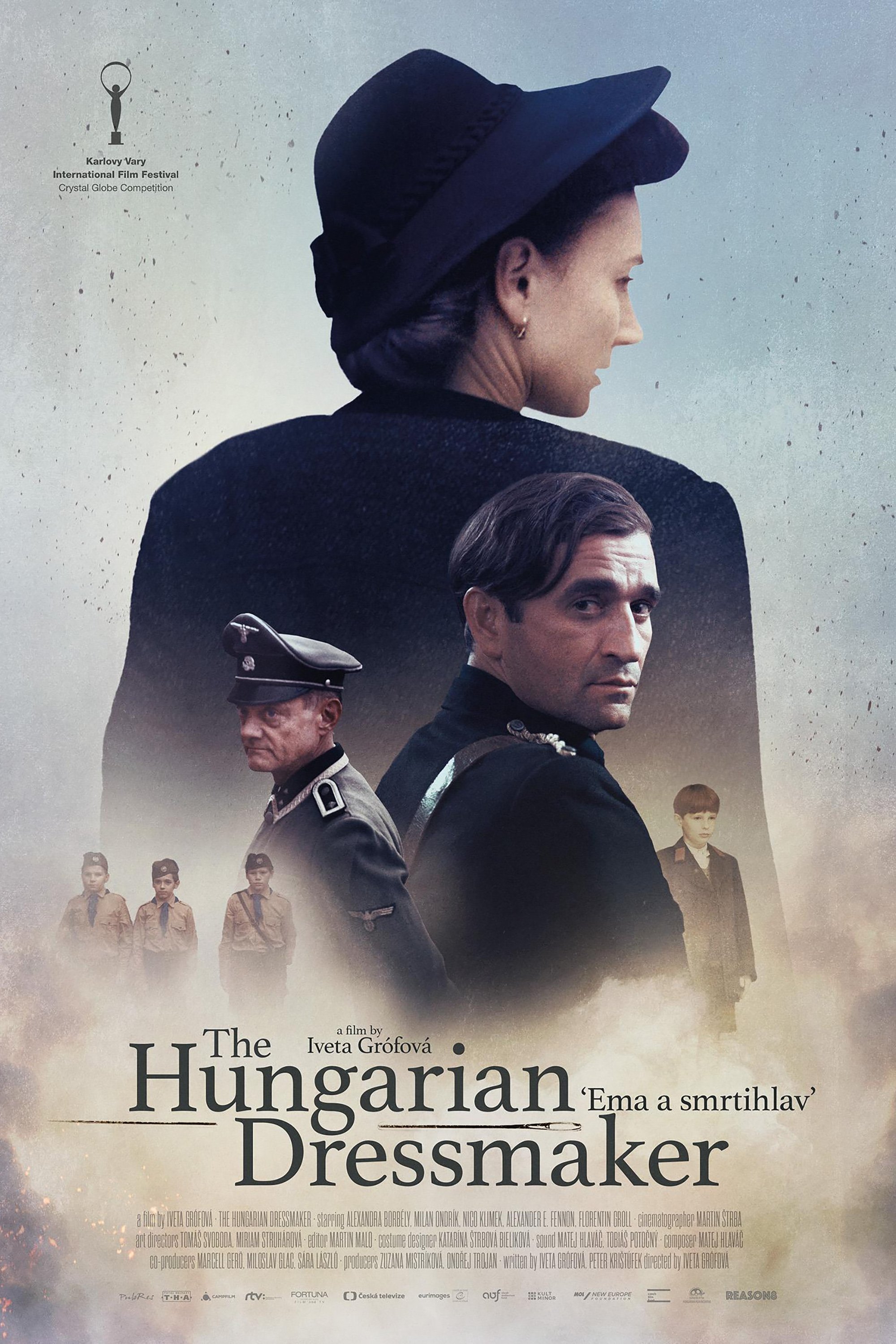
Ema & Death’s-Head deals with the precarious border between humanism and the protection of one’s own life in situations when one excludes the other. Marika Sándorfi is hiding a Jewish boy during the dramatic era of the First Slovak State on the Slovak-Hungarian border. Šimon Holan, the boy in hiding, has a special ability to survive thanks to dreaming and a child’s fantasy.
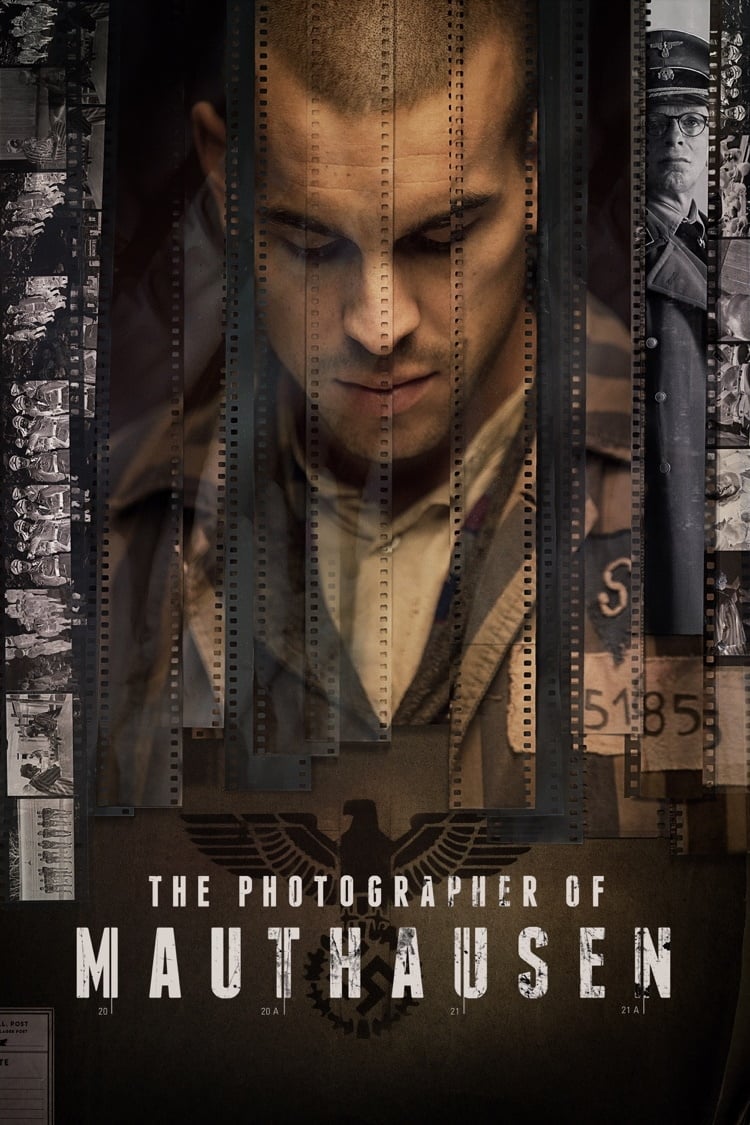
Spanish photographer Francesc Boix, imprisoned in the Mauthausen-Gusen concentration camp, works in the SS Photographic Service. Between 1943 and 1945, he hides, with the help of other prisoners, thousands of negatives, with the purpose of showing the freed world the atrocities committed by the Nazis, exhaustively documented. He will be a key witness during the Nuremberg Trials.
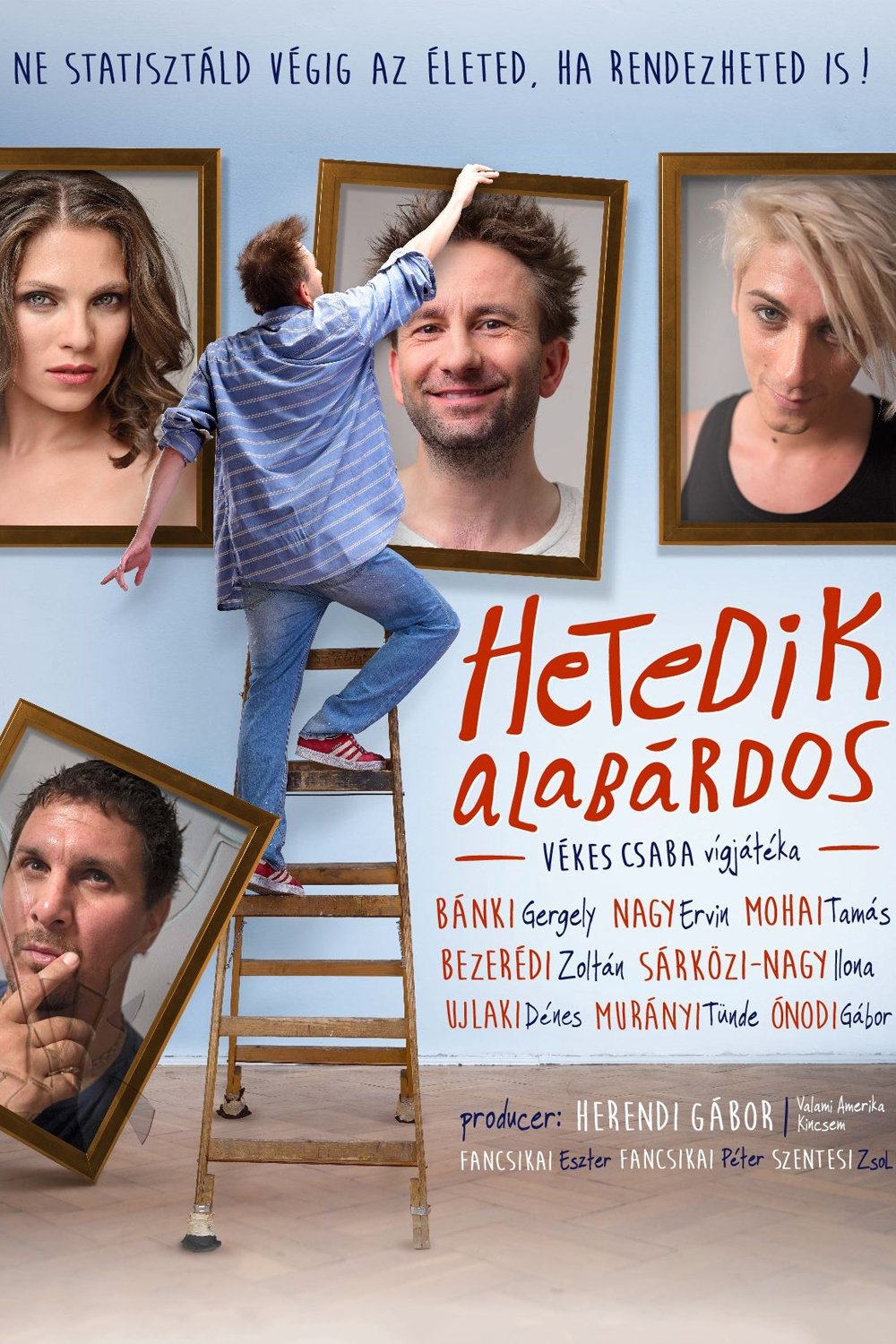

9 year old Sára lives in an old block of flats in downtown Budapest. One day a strange new boy, Balázs moves next door, who can’t stand the bizarre noises of the old house. Sára decides to help him out anyway she can.
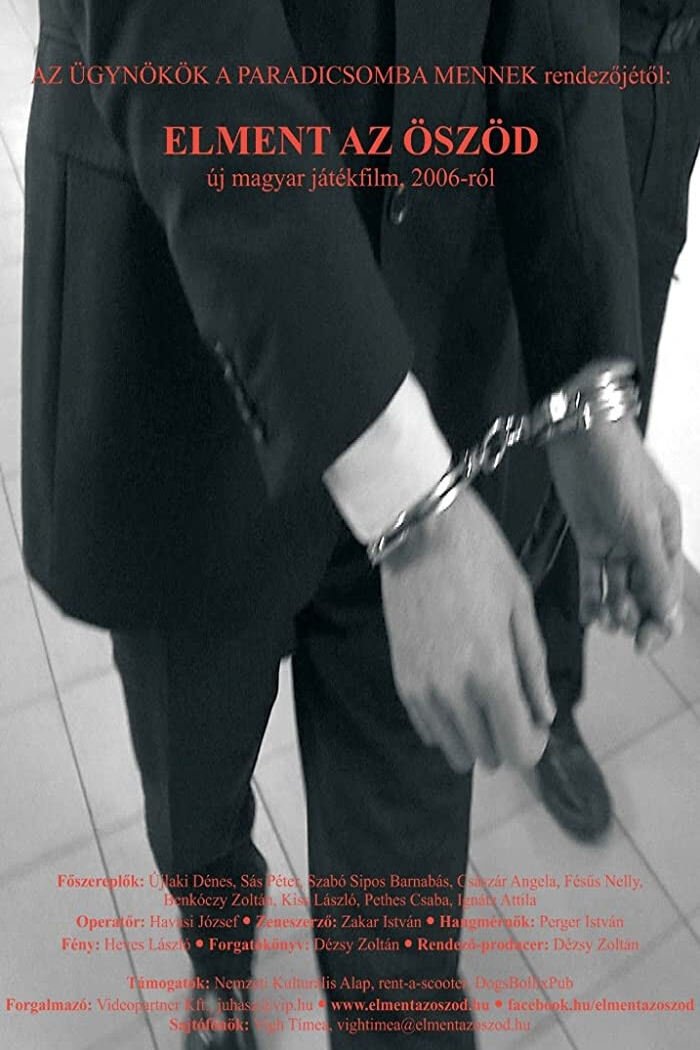

Karcsi, a Roma policeman, lives with Eva, a Swede. One day he is called to the scene of the murder of a wealthy trafficker named Schulter. He begins to investigate the crime, interrogate neighbours and suspects, and untangle a complex situation - one that he, himself, complicates even further. For he is a gypsy, who despite being adopted and raised by "regular" Hungarians, has his nose rubbed in his minority status every day. The film, which is based on the novel by Ákos Kertész, is a shrewd genre work full of dusky humour and surreal situations. Tabló follows a vivid succession of strange images that eventually lead to the emergence of the central story about a charismatic police officer on a tireless quest for the truth, though he must fight against virtually everyone and is just as fallible as the next person. Tabló makes a statement on the issue of race and racism - or, indeed, relations between any minority and majority.

The film is about Little Vuk, the son of the legendary fox who proves its excellent mind and courage.

The busiest center of Buda is the Moszkva Square. From the late 50s to '68-69, the young high school and college students who hung out here never uttered the name Moszkva. To them, it was Kalef, referring to Kálmán Széll. Later, they were also called kalefs. These loosely connected 30-40 people were not famous for operating as an organized group, but rather for their crazy love of rock and roll, listening to music, flirting, going to parties, drinking, hitchhiking, especially to Lake Balaton and Poland; yet, already in the early 60s, the Ministry of Internal Affairs noticed them, treated them as enemies, and tried to crack down hard. They did not shy away from using the most humiliating methods, their goal being to smash "Kalef".
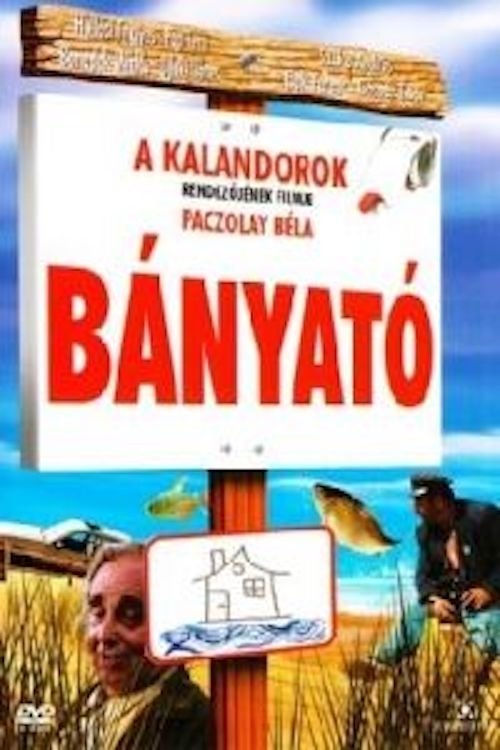

Detective Sebők is shot at by a fleeing criminal and then pushed off the road. Sebők breaks his leg. Left by his wife, pensioned by his boss on the basis of false reports, he has a clash with banker Gömöri at the colonel’s party.
By browsing this website, you accept our cookies policy.